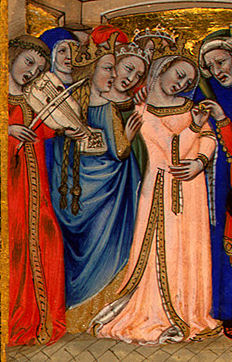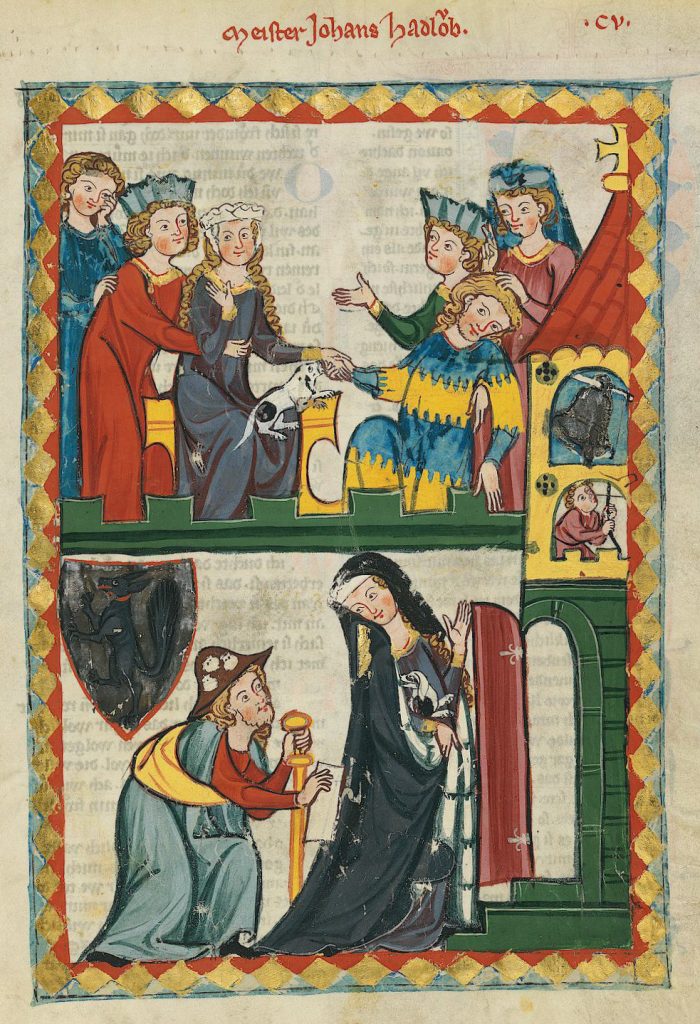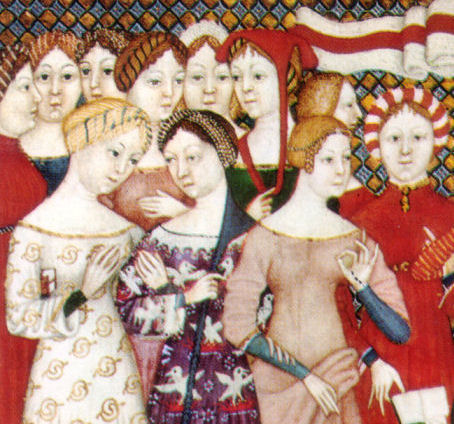
There are many ads on the internet offering medieval dresses for sale. That means they are quite popular and have their fans that like to buy them and wear them on certain occasions. What are the reasons for such a fascination with medieval dresses? Well, everyone has their motives, but it’s definitely interesting to immerse in the medieval era and see that medieval dresses weren’t just clothes.

Wearing a certain dress meant much more. A dress was a status symbol that defined a woman and who she was. Wearing a certain dress meant showing within which class you belong and how rich and powerful your family was. But, “medieval fashion” was also a reflection of the whole political and social situation during the Middle Ages.
Some Medieval Dresses Were Very Expensive
It’s interesting how major world events and situations shape our physical looks. In the era before the major geographic discoveries and new trade routes, it was very expensive to have a nice dress. Political instability, conflict that often escalated, migrations, and political and social changes were only some of the factors that had a major influence on the existing world trade. In a situation like that it was quite a challenge to get fine cloth for a fine dress. Consequently, it’s completely understandable why only some women could afford it. From today’s perspective, they may look simple and even cheap, but to the medieval women, medieval dresses made from fine cloth were a piece of luxury garment.
Simple and Virtuous Femininity
Although from today’s perspective they look simple, compared to, for example 18th or 19th century clothes, medieval dresses were a strong sign of identity. Their lines and styles strictly emphasized simple, but virtuous femininity, especially in the later periods of Middle Ages. The fabric, the colors and the decorations – all of that spoke about the tastes, preferences, and even beliefs of a medieval woman.

Velvet Dress for a Noble Lady
Looking from a perspective of a social class, firstly, it’s important to consider that the classes during the medieval era were strictly determined. Therefore, medieval dresses were one of the major signs of belonging to a certain class. A woman from nobility could usually be seen wearing silk or velvet, while one from the lower classes usually could afford a dress made from rougher materials like wool or coarser linen. Also, women from upper classes had the choice of more diverse fabric colors while the women from lower classes were more restricted.

The Price of Beauty
Medieval dresses were also a status symbol that meant: “I’m rich and powerful.” In the era when there were not many trade routes, luxury fabric was mostly imported from Asia, through the Silk Road. During the medieval era, this import was costly, so it’s no wonder that the price was quite high. Therefore, from “trendy” rare and luxury fabric to the one more simple and rougher, some medieval dresses evoked admiration and awe, while the others only served to protect the body from the heat or cold. Beauty had the greater price.
4 thoughts on “Medieval Dresses: The Mirror of Medieval Society”